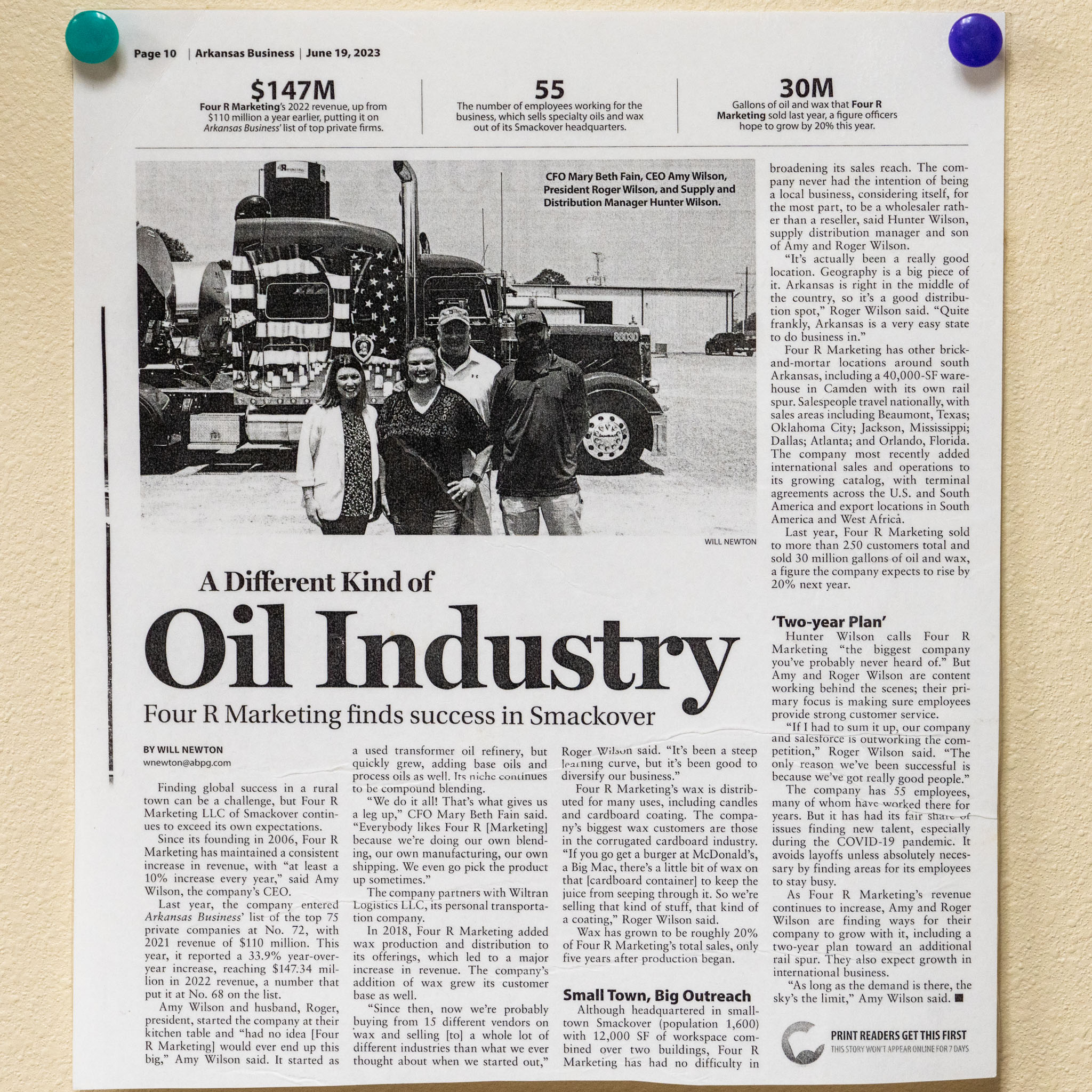Virtually everything consumers purchase, uses some form of packaging. Cardboard is the low cost, sustainable solution for packaging choice for many products. However, some applications require various wax treatments to help the cardboard do its job.
Why Wax is Used in Packaging:
- Moisture Resistance:
- Protection: Wax coatings protect packaged goods from moisture, preventing spoilage, especially in food products.
- Barrier Properties: Wax acts as a barrier to moisture, enhancing the shelf life of products.
- Enhanced Durability:
- Strength and Flexibility: Wax adds strength and flexibility to packaging materials, reducing the risk of tears and damage during handling and transportation.
- Abrasion Resistance: Wax coatings protect surfaces from abrasion and physical damage.
- Improved Appearance:
- Gloss and Shine: Wax provides a glossy finish, improving the visual appeal of packaging.
- Surface Smoothness: It smoothens surfaces, making printed graphics and labels more vibrant and legible.
- Adhesion and Sealing:
- Adhesive Properties: Wax can act as an adhesive, especially in laminating processes, ensuring layers of packaging materials stay bonded together.
- Sealing: Wax helps in sealing packages, providing a tamper-evident feature and maintaining product integrity.
- Barrier to Odors and Flavors:
- Protection: Wax prevents the transfer of odors and flavors, maintaining the quality of packaged goods, particularly in food packaging.
How Wax is Applied in Packaging:
- Coating:
- Surface Application: Wax is applied to the surface of packaging materials, creating a protective layer. This can be done through:
- Rolling (Roll Coating): The material passes over or under rollers coated with molten wax.
- Spraying: The material is sprayed with molten or powdered wax.
- Curtain Coating: The material moves through a curtain of falling molten wax.
- Surface Application: Wax is applied to the surface of packaging materials, creating a protective layer. This can be done through:
- Laminating:
- Between Layers: Wax is used between layers of materials to bond them together. This method typically utilizes microcrystalline wax for its strong adhesive properties.
- Impregnating:
- Into the Material: Wax is driven into the material itself, providing deep moisture resistance and durability. This can be achieved by:
- Dipping: Submerging the material into a bath of molten wax.
- Flushing (Cascading or Saturating): Pouring molten wax into or over the material to saturate it.
- Into the Material: Wax is driven into the material itself, providing deep moisture resistance and durability. This can be achieved by:
Types of Wax Used:
- Paraffin Wax: Commonly used for coating and impregnating due to its cost-effectiveness and adequate barrier properties.
- Microcrystalline Wax: Preferred for laminating and applications requiring strong adhesive and flexible properties.
- Blends: Sometimes, a mixture of paraffin and microcrystalline wax is used to combine the benefits of both types.
These five basic methods can lead to numerous variations, making an otherwise simple process quite complex. Choosing the right wax depends on its properties, the desired outcome, the materials being processed, and the machine used for application. The 4R Marketing Sales and Technical team are available for consultation and assistance when using these procedures.


